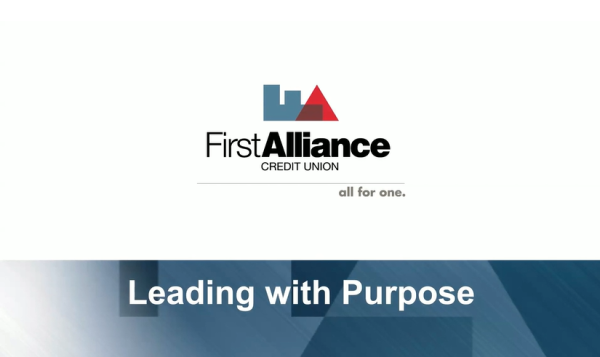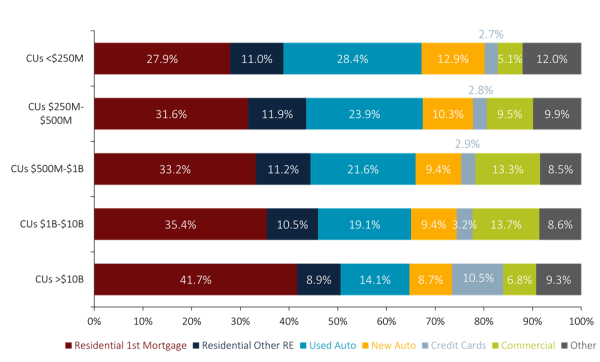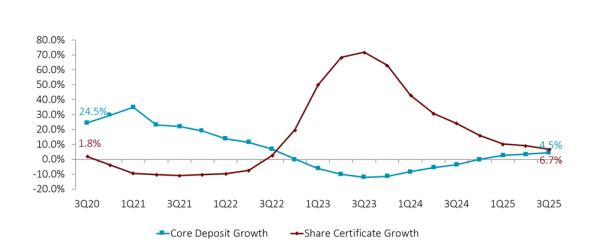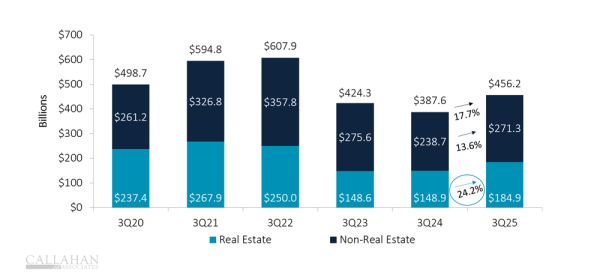CECL: A Half-Baked Cake
One year after implementation, there’s still work to be done when it comes to new rules around expected credit losses.
Our Risk page is the top spot to learn about business continuity, compliance, enterprise risk management, fraud, and vendor management.
One year after implementation, there’s still work to be done when it comes to new rules around expected credit losses.
For the past decade, the credit union’s head risk leader has been evangelizing the idea that everyone must be a risk manager to ensure the
The crisis is still unfolding, but the latest high-profile bank failure has plenty of takeaways for credit unions around asset management, net worth, communication, and
Michael Wettrich, president and chief executive of the $90 million Education First Credit Union in Ohio, makes the case for supplemental capital at credit unions.
Supplemental capital is a useful tool that is long overdue; however, it is not without risk and potential complications.
Regulator welcomes recommendation for congressional action, says increased authority would benefit the industrys ability to secure member data.
Regulator welcomes recommendation for congressional action, says increased authority would benefit the industry’s ability to secure member data.
As revealing reports add up, credit union CISO relates a success story in social engineering and the fight against cyber fraud.
Reducing compliance costs can save credit unions thousands of dollars annually and help smaller institutions remain independent.
When it comes to influencing regulators, whether credit union bills make it into law is often not as important as the attention they attract. Here’s an update on why.
More plausible interest rate scenarios would better serve the industry in planning for rising rates.
Two credit unions explain why logic trumps tradition when it comes to their division of responsibilities.
Call it what you will, CFPB’s promise to go easy on mortgage disclosure changes provides some temporary relief.

Discover how First Alliance Credit Union is redefining success by putting values and member needs at the heart of everything it does.

Craft breweries demonstrate how commitment to value, operational agility, and community focus can ignite growth and drive property.

Quarterly performance reports from Callahan & Associates highlight important metrics from across the credit union industry. Comparing top-level performance and digging into the financial statement has never been easier.

Explore how credit union size influences growth, lending, and efficiency.

Accelerating membership growth signals the increasing influence of credit unions amid evolving interest rate trends and economic challenges.

Inflation, debt, and income inequality are fueling a K-shaped, post-pandemic recovery, widening the gap between different economic segments and challenging lower-income households.

Falling interest rates are changing the game for credit unions. Explore how potential shifts in lending, savings, and margins are set to affect the bottom line.

Explore the subtle shifts redefining the credit union core processing space and how these movements shape growth, innovation, and member experience.

The combination of the right philosophy and the right technology can set credit unions up for success even during difficult economic times.

Nearly 100 credit unions are providing Buy Now, Pay Later to their members, and their banking cores are giving them a surprising competitive advantage.
Why Credit Unions Need Supplemental Capital